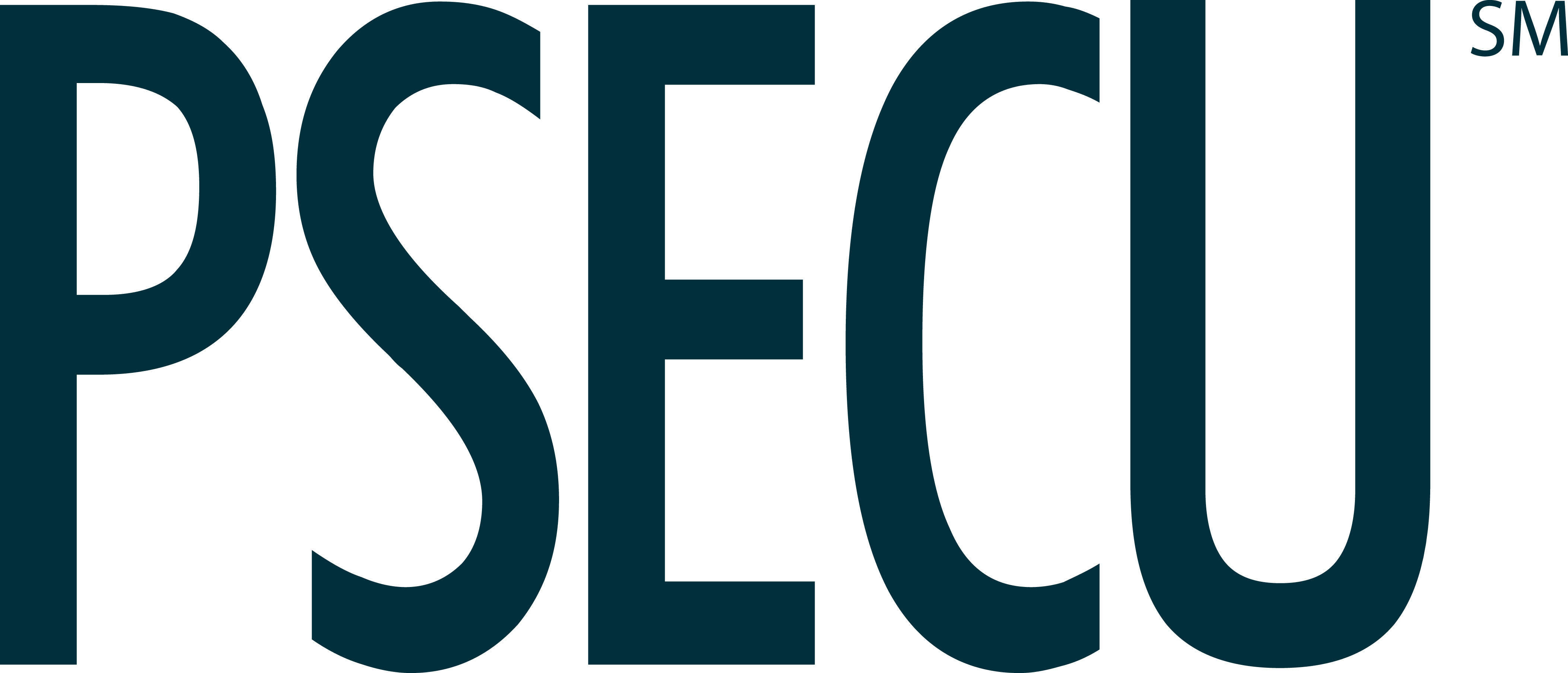Are you interested in learning more about a Coverdell Education Savings Account?
It’s important to think about your child’s future education and how you will pay for it. Whether your child wants to go to a private high school, a technical school, a four-year university, or on to grad school, you need to plan to ensure you have enough money and resources to help them.
When you open a Coverdell Education Savings Account (ESA), you show your commitment to saving money responsibly for your child’s education. It’s a smart way to prepare for a common expense, no matter how far away it may seem.
Is a Coverdell ESA right for your family? How does it compare to other options, such as a 529 Savings Plan? Read on to learn more about education savings accounts.
What is a Coverdell ESA?
Coverdell ESAs are investment accounts with tax benefits meant to encourage people to save for qualified educational expenses. Those costs may be at the postsecondary, secondary, or primary level. Money deposited in a Coverdell ESA is tax deferred, and it can be taken out without incurring taxes when the money goes toward education-related needs at an eligible school.
Coverdell ESAs were originally referred to as Education Individual Retirement Accounts. In the 1990s, they were named after the late Senator Paul Coverdell, a Georgia Republican who pushed for a new way for families to pay for college. They share some similarities with IRAs — a savings account for retirement that also has tax advantages. Like the IRA, the Coverdell ESA has a maximum annual contribution and income restrictions.
Account beneficiaries must be under age 18 or be a special needs beneficiary. Anyone can open an account for a child — you do not have to be related to them. Other rules concerning Coverdell accounts include:
- Income limits apply. Consult with a tax professional to see if you qualify.
- Total contributions to a single beneficiary cannot exceed $2,000 per year across all their Coverdell accounts.
- Organizations such as trusts and corporations can also contribute regardless of their adjusted gross income.
- You can customize your portfolio so you pick the investments for your Coverdell, though you cannot invest in life insurance.
What is the Difference Between a Coverdell and a 529 Savings Plan?
The accounts are similar. Both allow people to save money for a child’s education, and both offer tax advantages. But they do have a few major differences:
- A 529 plan can be used for only postsecondary education, whereas a Coverdell can be used for certain K-12 as well as postsecondary.
- There is no cap on single-year contributions to a 529 as there is with the Coverdell, though the IRS notes that 529 contributions count toward the $14,000 cap on tax-free gifts for individuals. That is, if you give anyone more than $14,000 in a year in gifts, which include 529 contributions, you will have to pay taxes on that money.
- There is no annual income restriction on who can open a 529.
- You have less control over the investment portfolio for a 529.
When Can You Open a Coverdell Education Savings Account?
You can open a Coverdell at any time for any child under the age of 18 or over the age of 18, if they have a special needs beneficiary. You need your beneficiary’s full name, date of birth, Social Security number and address. Contributions to the account can be made by anyone, and they do not have to be related to the beneficiary. In fact, a corporation or partnership can even contribute.
The money in a Coverdell ESA must be distributed before the beneficiary turns 30. You have until 30 days after that birthday to distribute the assets. The one exception to this rule is when the beneficiary has special needs. That is dealt with on a case-by-case basis.
Where Can You Open a Coverdell Education Savings Account?
You can open the ESA at a financial institution of your choosing. If a bank or investment institution offers IRAs, it will usually also offer ESAs. Many charge an annual maintenance fee, and some may require a minimum annual contribution. You should compare offerings to see which one works the best for you and your financial needs.
Open Your Coverdell ESA Today With PSECU
Are you ready to open a Coverdell ESA to save for your child’s education? You can enroll in one through PSECU. We offer Coverdell ESAs for our members, and don’t charge an annual fee or require any minimal annual contributions. Explore your options, and find more money management tips and resources on our WalletWorks page.
Our financial wellness resources are available to members and non-members alike. To take advantage of all our members-only perks like free checking, you’ll need to apply for membership in our credit union. Join today!
The content provided in this publication is for informational purposes only. Nothing stated is to be construed as financial or legal advice. Some products not offered by PSECU. PSECU does not endorse any third parties, including, but not limited to, referenced individuals, companies, organizations, products, blogs, or websites. PSECU does not warrant any advice provided by third parties. PSECU does not guarantee the accuracy or completeness of the information provided by third parties. PSECU recommends that you seek the advice of a qualified financial, tax, legal, or other professional if you have questions.

